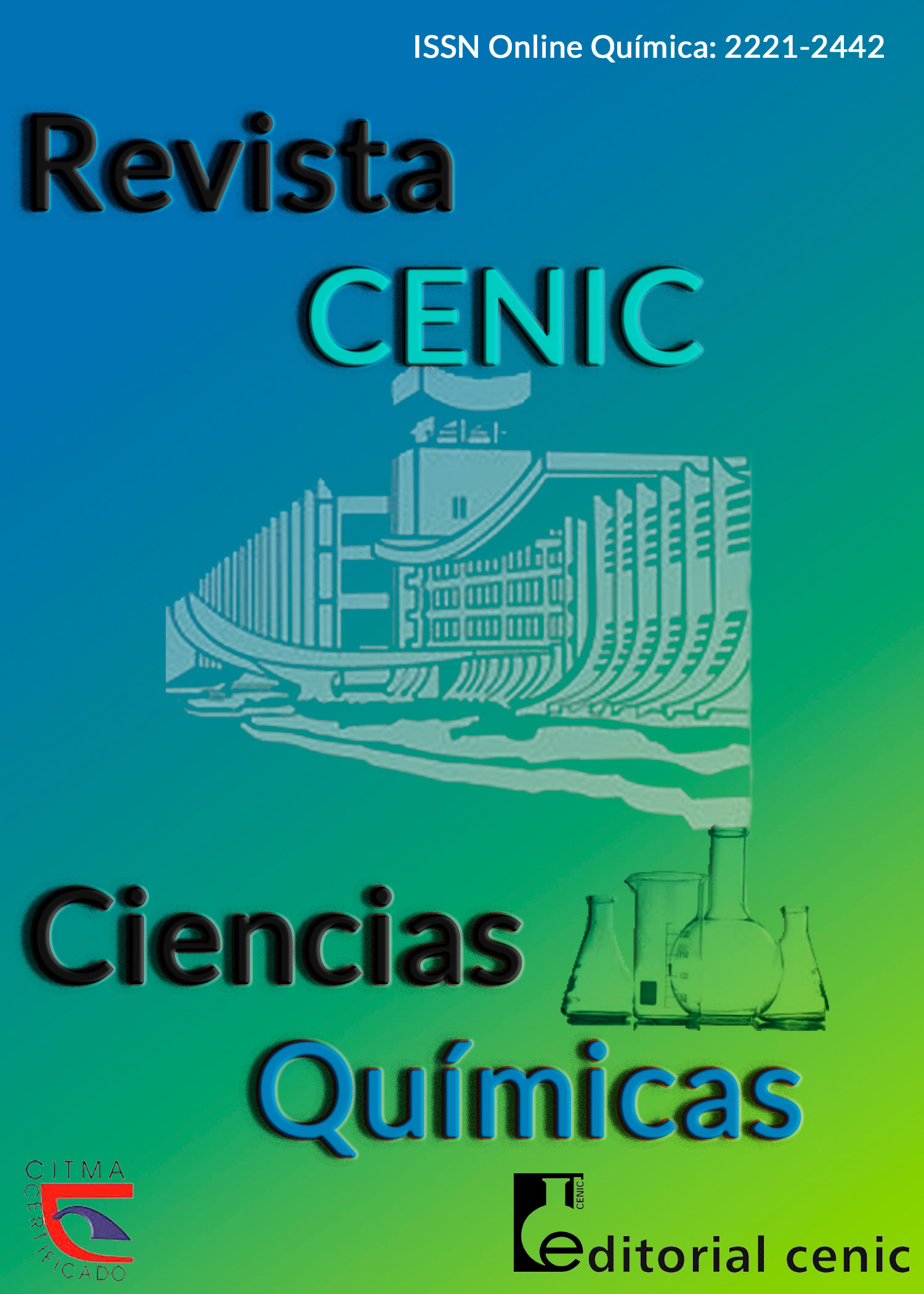FREDERICK CRACE-CALVERT Inorganic chemistry, metallurgy, and carbon
Abstract
Frederick Crace-Calvert (1819-1873), an English chemist, carried extensive research on a wide variety of subjects (inorganic, organic, and biochemistry, materials science, coal chemistry, manufacture of steel, etc.). During his study of lead and its derivatives he found that lead behaved in a completely different manner when submerged in distilled water or in common (saline) water. He discovered four new lead oxides, three crystalline (one olive, one red and one pink, and a fourth one, amorphous and of a fine red color); he studied the action of ammonia on the hydrate of lead protoxide and the nitrates of lead at different temperatures and synthesized a variety of salts in which one equivalent of lead oxide was gradually substituted by one of ammonia. Together with Johnson they discovered that the higher the purity of metal, the higher the amount of corrosion by sulfuric acid. They developed a series of new alloys in which the components were present in defined proportions and studied the physical and chemical properties of metals alloys, and amalgams (thermal expansion, thermal conductivity, specific gravity, and the action of acids). Crace-Calvert developed a very efficient method for decreasing the amount of sulfur in coke, based on the action of sodium chloride, a discovery that was applied by the French and English metallurgical industry to produce a better-quality iron, at substantial savings. He analyzed rust and concluded that the main atmospheric factor causing rust was CO2 and not oxygen or water vapor. He also studied the therapeutic

Downloads
Published
How to Cite
Issue
Section
License
Copyright (c) 2021 Copyright

This work is licensed under a Creative Commons Attribution-NonCommercial-ShareAlike 4.0 International License.
Los autores que publican en esta revista están de acuerdo con los siguientes términos:
Los autores conservan los derechos de autor y garantizan a la revista el derecho de ser la primera publicación del trabajo al igual que licenciado bajo una Creative Commons Atribución-NoComercial-CompartirIgual 4.0 que permite a otros compartir el trabajo con un reconocimiento de la autoría del trabajo y la publicación inicial en esta revista.
Los autores pueden establecer por separado acuerdos adicionales para la distribución no exclusiva de la versión de la obra publicada en la revista (por ejemplo, situarlo en un repositorio institucional o publicarlo en un libro), con un reconocimiento de su publicación inicial en esta revista.
Se permite y se anima a los autores a difundir sus trabajos electrónicamente (por ejemplo, en repositorios institucionales o en su propio sitio web) antes y durante el proceso de envío, ya que puede dar lugar a intercambios productivos, así como a una citación más temprana y mayor de los trabajos publicados (Véase The Effect of Open Access) (en inglés).













